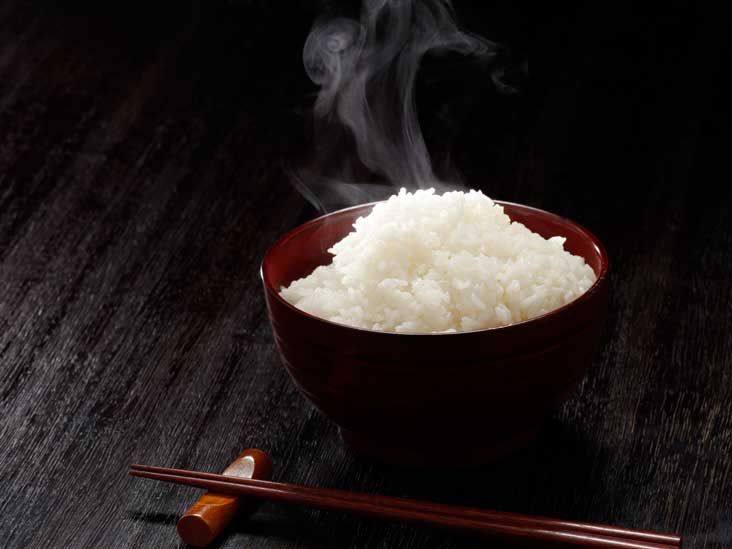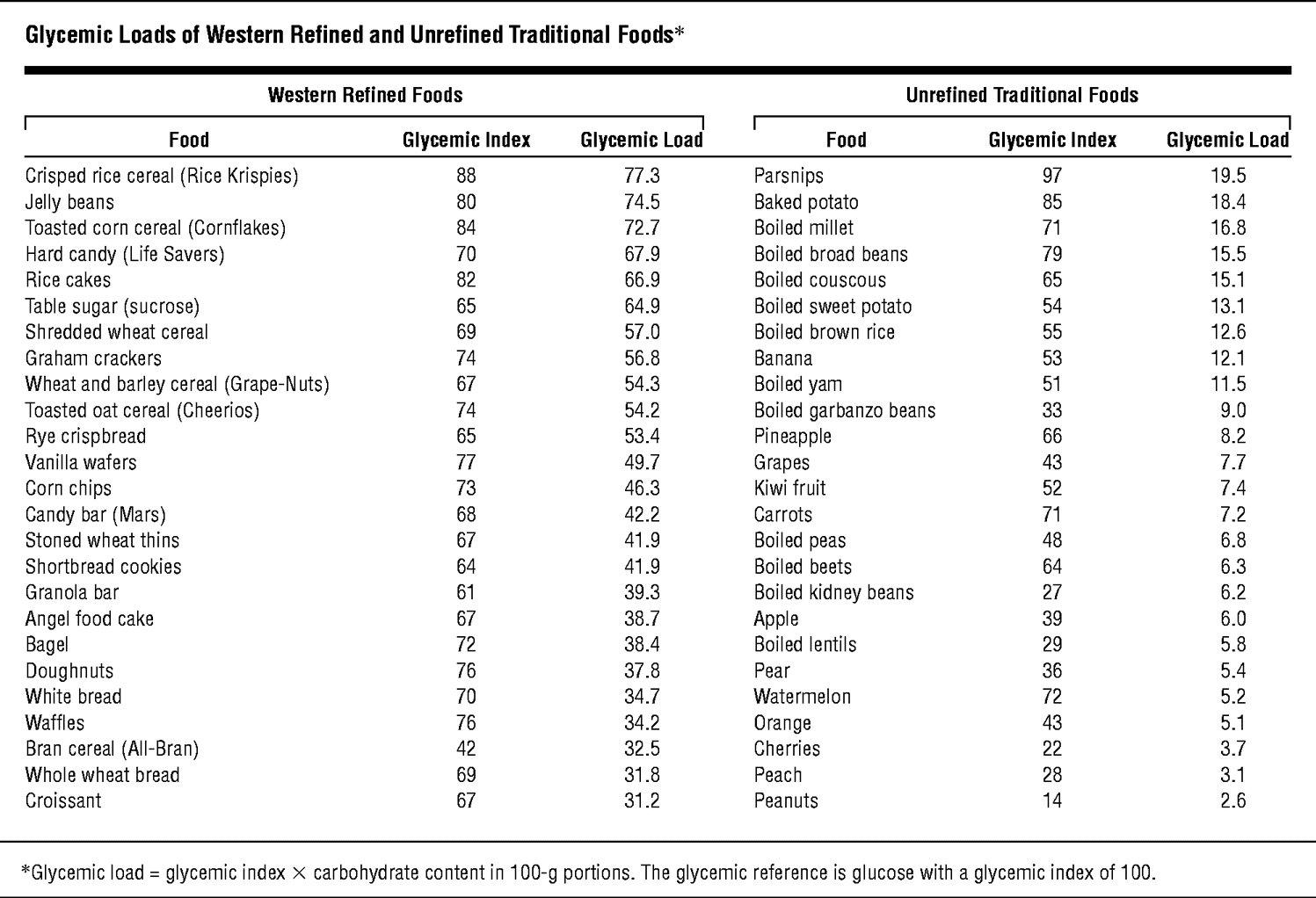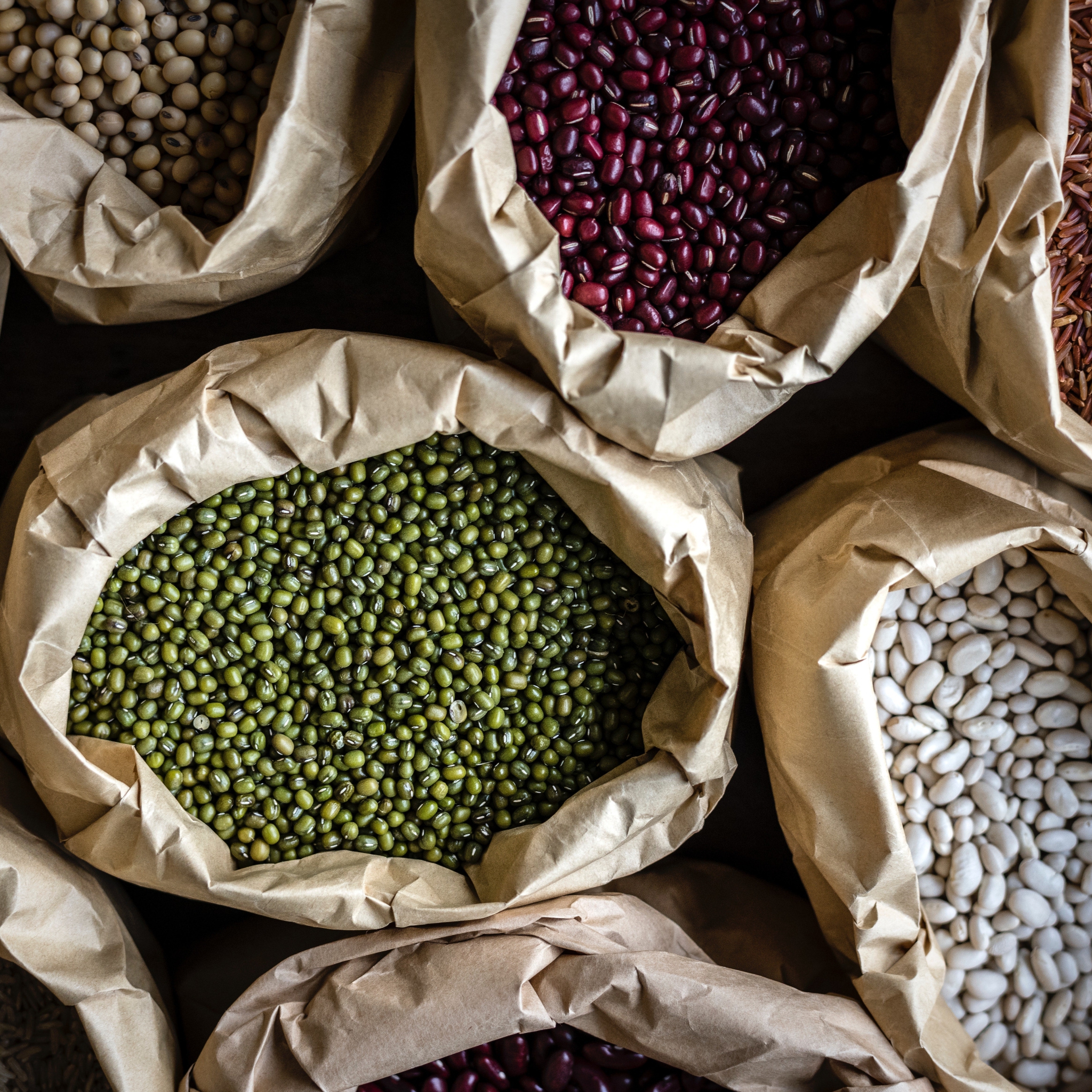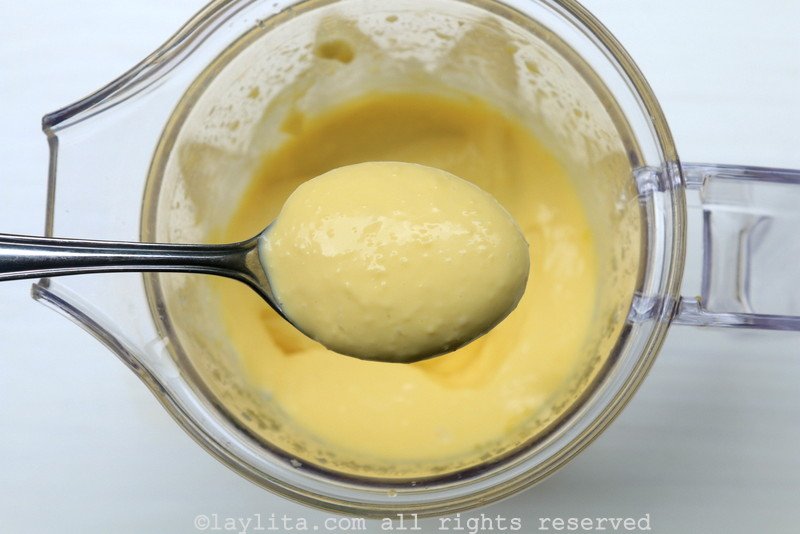Rinse & rePeat
Member
- Joined
- Mar 10, 2021
- Messages
- 21,516
mostly because of globalization and veg oils,because as far as i saw in the ton of japanese yt i see daily even the more normie person eats super nutrient dense animal foods
Plus eating so much fish nowadays isn't such a healthy thing either with all the ocean contaminants.







